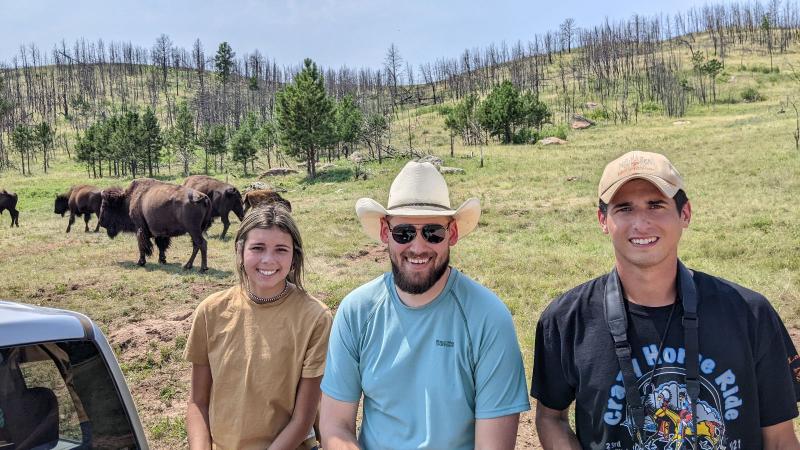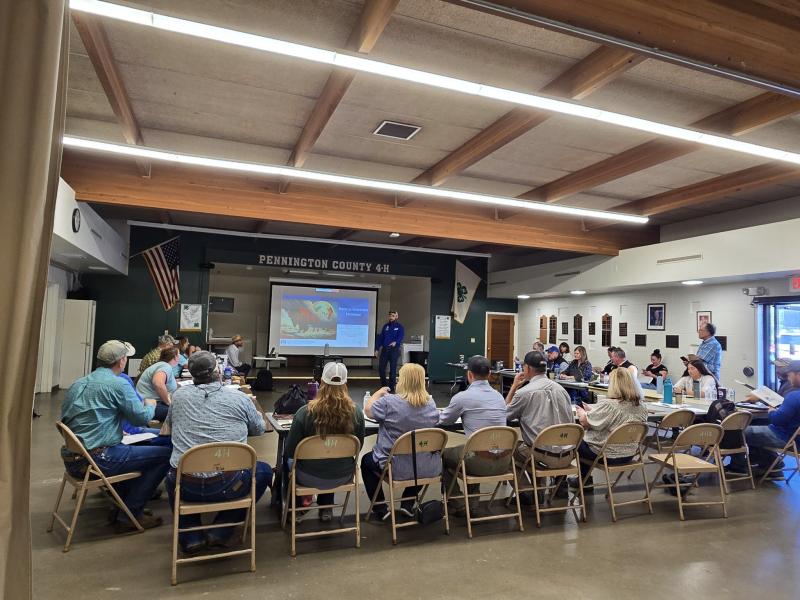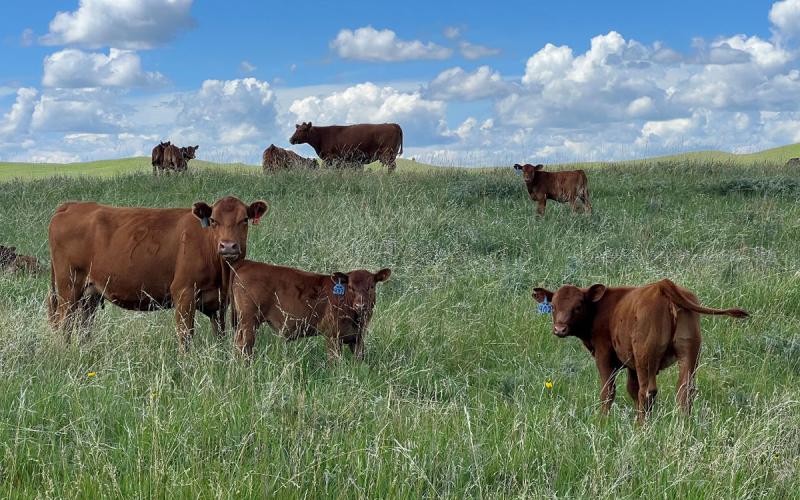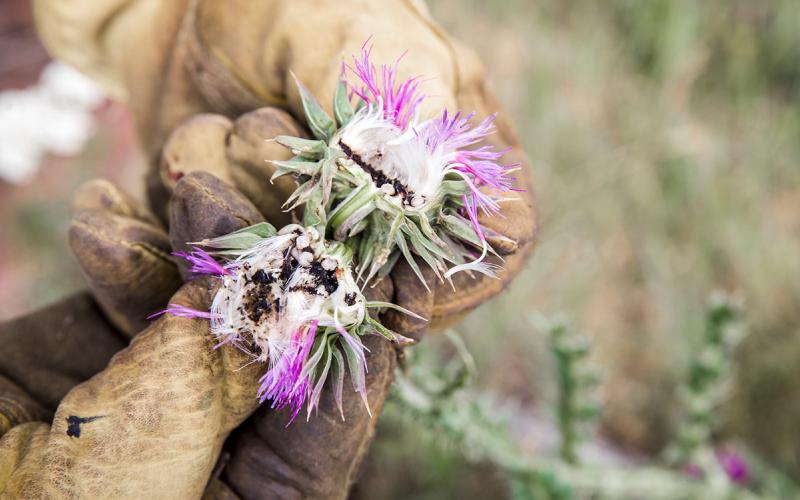
Jeff Martin likes to think of the Great Plains as the “bison basket.”
There are approximately 400,000 bison across North America, down from 30 to 60 million prior to the 1860s. South Dakota has the largest bison population in the U.S. with nearly 40,000, and Martin hopes to see it keep rising.
Martin, assistant professor of bison biology and management in SDSU's Department of Natural Resource Management and SDSU Extension Bison Specialist, is one of the nation’s leading bison experts and is using his expertise to support bison recovery efforts.
A second-generation bison rancher from Wisconsin, Martin understands the unique nature of bison better than most. Not quite wildlife and not quite livestock, bison are somewhere in the middle and are managed by nonprofit organizations, public agencies, private ranches and tribes. He calls it the “Bison Management System”.

“What happens in one sector impacts another sector because bison numbers are so small and each sector is tightly interconnected,” Martin said.
His research and educational programs aim to help producers raise healthy bison in a sustainable way. His signature SDSU Extension program, Decoding Bison, uses lectures and hands-on education to teach people what bison are and are not. Through a $2 million USDA-NRCS conservation innovation grant, Martin also plans to host training workshops for bison producers in collaboration with the National Bison Association and Tanka Fund, and host “train-the-trainer” workshops for partner federal and state agencies who work with bison herd owners and managers over the next three years.
“My goal is to have happy, healthy bison,” Martin said. “If we do not have happy, healthy bison, we cannot have reproducing bison.”
Part of Martin’s ongoing research is how bison body size relates to climate change, and what that means for producers. He also collaborated with the Flandreau Santee Sioux Tribe, the WoLakota Project on the Rosebud Reservation and Custer State Park to research bison wallows, which can provide breeding grounds for frogs, hibernation havens for pollinators and act as seed germination beds for traditionally medicinal native plants.
Other efforts include helping create the Center of Excellence for Bison Studies, and participating on the SDSU research team that received a five-year, $80 million U.S. Department of Agriculture Partnerships for Climate-Smart Commodities Initiative grant to create market opportunities for live beef and bison commodities that are produced using climate-smart practices.
Another grant partnership is with the University of Colorado Boulder, which received a five-year, $7.4 million cooperative agreement with the U.S. Geological Survey to host the "North Central Climate Adaptation Science Center.”
“Bison have sprawling effects, and we’re only just beginning to scratch the surface on understanding them,” Martin said.

